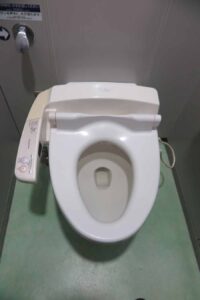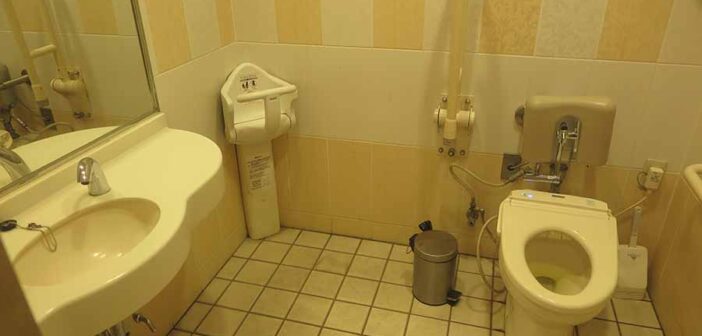
if you have never been on a Japanese toilet, prepared to sit back and enjoy the performance, the bit where the toilet takes over, after the ablutions are over, And now these architectural wonders have a movie dedicated to them.

The film “Perfect Days” by Wim Wenders focuses on a Japanese sanitary worker in Tokyo who cleans public toilets. Despite the nature of his job, the toilets themselves are architectural wonders, featuring unique designs such as transparent walls, wooden planks, and a spaceship-like white domed toilet.
The film also explores a real-life project led by renowned architects Ando Tadao and Kuma Kengo to renovate 17 public toilets in Tokyo’s Shibuya ward. The aim of the project was to transform the traditional perception of toilets being “dark, dirty, and smelly” and showcase Japan’s unique toilet culture.
Tokyo is particularly impressive in terms of its abundance of public toilets, with 53 per 100,000 residents compared to London’s 14. The high-tech features of Tokyo’s toilets, including heated seats, washlets, and sound-producing features like the “oto-hime” (sound princess), symbolize Japanese hospitality.

Japan’s distinctive toilet culture has long been admired by both Japanese people and foreigners. Early European visitors marveled at Japan’s expertise in using excrement as “night soil” fertiliser. In Tanizaki Junichiro’s “In Praise of Shadows,” a 1933 essay on Japanese aesthetics, the toilet was referred to as a “place for spiritual repose,” and the greatest haiku poets were said to find inspiration there.
After the Meiji Restoration, Japan promoted greater hygiene as a symbol of modernization. American occupiers introduced mechanised waste disposal after World War II, and the economic recovery led to the development of high-tech toilets based on Western models.
Travel Extra made our own tribute video about Japanese toilets on a visit there pre-pandemic. It is not up to Wim Wenders standards, but it might give an idea of how awesome they are.




